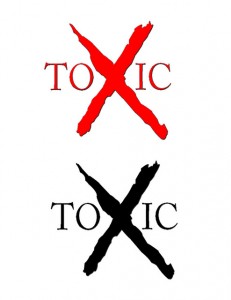Environmental Site Assessment: How to begin Phase I
 One of most important things that you can do before you construct a new building is to carry out an environmental site assessment, or an ESA. An ESA is going to involve a number of phases, but it is important to understand how phase one is carried out so that you will be able to begin. After the assessment, a report will be released stating whether or not there is something wrong with the site or if there are any probable contaminants or other dangers on the site. This is particularly important if you plan on changing the use of a site. For example, you may want to replace an industrial complex with shops and restaurants. One of the main purposes of this is to remove liabilities for those who own the site.
One of most important things that you can do before you construct a new building is to carry out an environmental site assessment, or an ESA. An ESA is going to involve a number of phases, but it is important to understand how phase one is carried out so that you will be able to begin. After the assessment, a report will be released stating whether or not there is something wrong with the site or if there are any probable contaminants or other dangers on the site. This is particularly important if you plan on changing the use of a site. For example, you may want to replace an industrial complex with shops and restaurants. One of the main purposes of this is to remove liabilities for those who own the site.
What You Need
If you are going to begin Phase I of an environmental site assessment, make sure to carry out an investigation of the site. A lot of the time you will need to use what is known as a radius map. This will give you a good idea of where the land lies and what kinds of sites lie around the area as well. This will allow you to see if there are any dangerous sites around that may have been used for a variety of other hazardous industrial purposes.
How It Begins
The site assessment will begin with a comprehensive investigation. This investigation will also include a historical review of what took place on the site. Investigators will have a look through property records and will also take a look at the site itself by paying a visit to the place. Geological reviews are usually going to be carried out as well. A lot of the time, this is to ensure that drainage patterns are properly studied and notes are made regarding them. There will also be a number of different requirements that will need to be met, so all of this work will be done to ensure that the site fits according to specific standards.
Phase Two
After you have carried out the first phase, the second phase can begin. This will often involve a lot of testing when it comes to different samples such as materials from the buildings on the site. Other materials that will be tested include the likes of groundwater and soil samples.
When it comes to avoiding liabilities, you need to make sure that you have covered your land and are able to go ahead with project plans. Careful testing and assessment will ensure that you do not get into trouble and that you are able to go ahead and use the site as you see it fit.
Author Bio:
Ashley is a freelance writer and blogger. She writes on a wide number of different topics. These include travel, home, finance, technology and for places like Environment Data Resources.

Category: Business





